Those heavenly bodies which moves round Sun and are illuminated by it are called planets. There are eight planets in our solar system. The planets revolve around the Sun in closed elliptical paths called orbits. Generally, all the planets spin around their own axis from west to east direction during their revolution around the Sun. About 80 satellites also keep on revolving around these eight planets. Planets do not have their own light; they appear bright due to reflection of sunlight by them. Unlike stars, planets are small in size and do not twinkle at night. The planet closest to Sun is Mercury which is followed by Venus, Earth, Mars, Jupiter, Saturn, Uranus and Neptune.
Out of the eight planets, the first four planets nearest to sun namely Mercury, Venus, Earth and Mars are called terrestrial planets. The structure of these planets is similar to earth, that is why these planets are called terrestrial planets. Generally, the terrestrial planets are small planets having a thin rocky crust, iron and magnesium enriched mantle and a core consisting of molten metals. The atmosphere of these planets is very thin and they have very few moons which revolve around them.
The planets outside the orbit of mars namely Jupiter, Saturn, Uranus and Neptune are called jovian planets. The structure of these planets is similar to that of Jupiter, that is why these planets are named as jovian planets. Generally, the jovian planets are gaseous giants which have ring systems around them. These planets have very large number of moons which revolve around them.
Eight planets in order:
The eight planets present in our solar system as listed below as:
- Mercury
- Venus
- Earth
- Mars
- Jupiter
- Saturn
- Uranus
- Neptune
Now, let’s discuss in brief about some planet information about the eight planets of solar system.
1. Mercury Planet:
Mercury is the closest planet to the sun. It has no atmosphere. Due to these two reasons, mercury becomes very hot during day and very cold during night. Mercury planet has no satellite (moon).
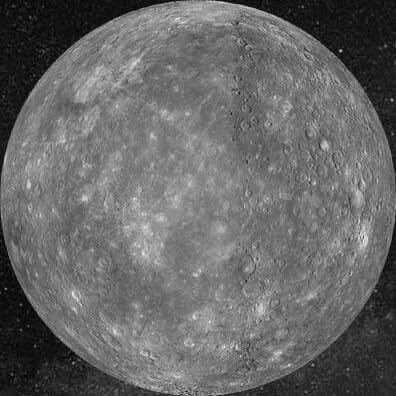
2. Venus Planet:
Venus is the brightest planet in the night sky except moon. Its atmosphere is rich in carbon dioxide gas. This high amount of carbon dioxide on Venus leads to large green house effect which results in excessive heating of Venus. Due to this reason, Venus is the hottest planet of the solar system. Venus has no satellite (moon).
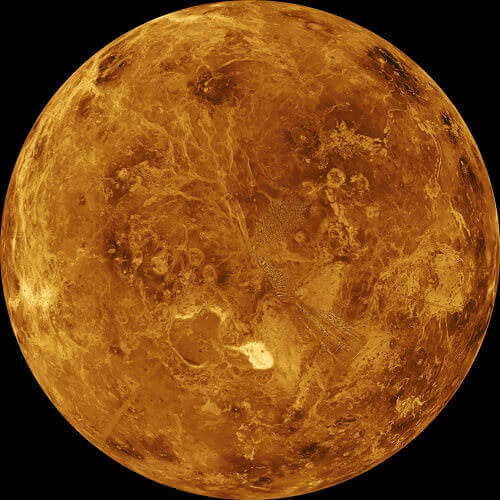
3. Earth Planet:
Earth is a unique planet in the solar system having liquid water on its surface. It is also the only planet in the solar system which supports life. The earth is surrounded by atmosphere which protects life on earth by not allowing the small heavenly bodies such as meteors of asteroids to collide with it. Earth also has a protective blanket around it called ozone layer. The ozone layer absorbs the harmful ultraviolet radiations coming from the Sun and thus protects us from their harmful effects. Also the presence of carbon dioxide gas in the atmosphere of earth keeps its temperature in the range suitable for sustenance of life. Earth has one moon revolving around it.
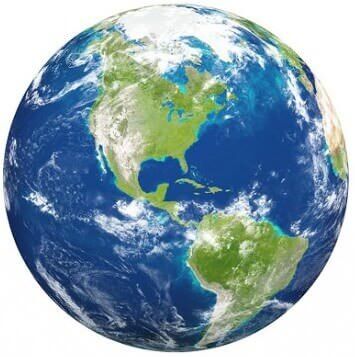
4. Mars Planet:
Mars is also called red planet because its soil is red in colour. It is also called dead planet. The atmosphere of Mars contains mainly carbon dioxide gas. Mars has two moons around it.
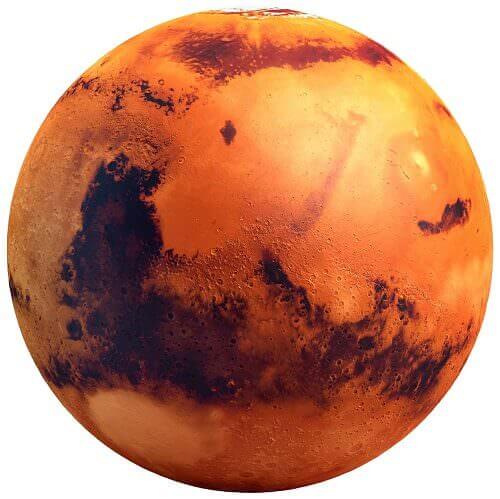
5. Jupiter Planet:
Jupiter is the largest planet of solar system. The atmosphere of Jupiter consists of hydrogen and helium. Jupiter is very bright and can be seen with naked eyes. Its gravitational pull is very high. Jupiter has 67 moons around it.
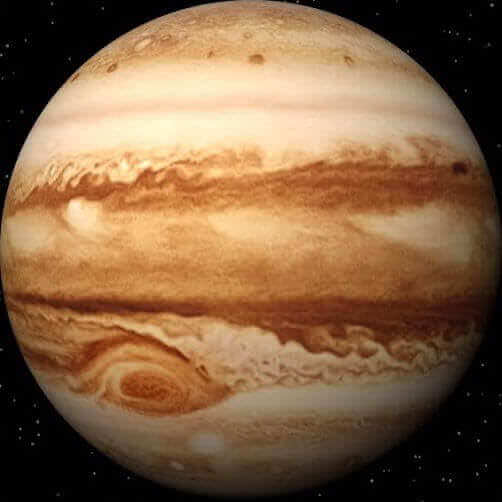
6. Saturn Planet:
Saturn is a globe of gases whose composition is similar to that of Jupiter. The most distinguishing feature of Saturn is that it possesses thousands of beautiful rings made up of ice particles. Saturn has 62 moons around it.
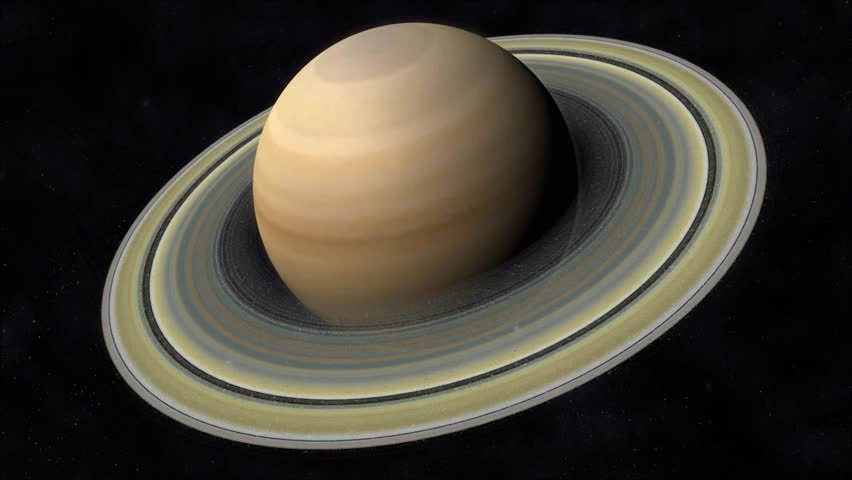
7. Uranus and Neptune
Like Saturn, the composition of Uranus and Neptune is also similar to that of Jupiter. Both of these planets are very cold having average temperature -2140C and -2200C respectively. Uranus has 27 moons revolving around it whereas Neptune has 14 moons around it.
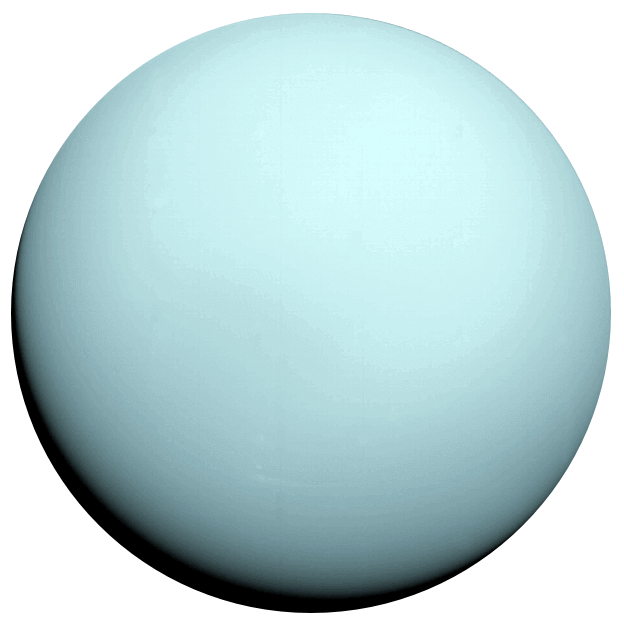

Differences between Stars and Planets!!
| S. No. | Stars | Planets |
| 1. | The number of stars is uncountable. | There are only Eight planets in our solar System. |
| 2. | Stars have their own light. | Planets do not have their own light. |
| 3. | Stars twinkle at night. | Planets do not twinkle. |
| 4. | Stars appear to move from east to west. | Generally, planets spin around their own axis from west to east. |
| 5. | Generally, the size of stars is big. | The planets are smaller in size as compared to stars. |
| 6. | Stars do not support life. | Planets support life. |
| 7. | Stars do not change their position with time. | Planets keep on changing their position with time. |
Test Your Understanding and Answer These Questions:
- What is meaning of planets?
- What is definition of orbits?
- Name the planet closest to sun.
- Name the planet farthest from sun.
- What are terrestrial planets?
- What are jovian planets?
- Name eight planets in order.
- Name the brightest planet in night sky.
- Name the hottest planet.
- Which planet is known as red planet?
- Which planet is known as dead planet?
- Name the largest planet of solar system.
